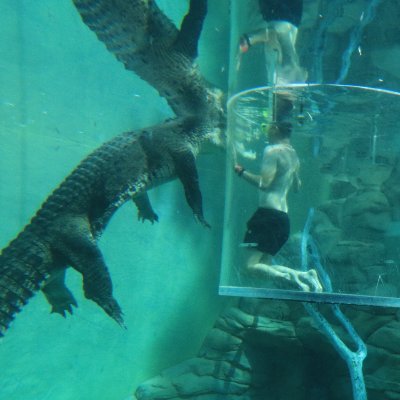Goodbye to croc-rex you were... well, never really a good hypothesis tbh.
@HiggyIggy The one from The Lost World is way more accurate. While we now know Stegosaurus had different proportions than what was shown here, they are really close to what we knew in 1997. The ones in JW could be from the 1800s.
Here is my updated take on TLW Stegosaurus for 2020:
"How would you classify it, Billy?"
"Well, its a super-predator... Suchomimus. Its the snout."
"No, think bigger"
"Baryonyx?"
"Not with that sail. Spinosaurus aegypticus"
"I don't remember that on INGEN's list"
Extra food for thought on Spinosaurus, the caudal material we have from other spinosaurids doesn't really preclude a similar condition...
Deltadromeus agilis. I had to do it.
This obviously relies on several levels of assumption: 1. that it is an elaphrosaurine noasaurid and not a more basal ceratosaur, or a carnosaur, or a tyrannosaur, or a megaraptoran... 2. that other elphrosaurs had a skull like Limusaurus.
@3Dmattias @IvoSotirov @Sketchy_raptor Thanks for the shoutout @Sketchy_raptor!
This is exactly the situation these are made for. Here are these 3 girls specifically, for ease of access and direct comparison. Note: the raptor is Deinonychus, not Velociraptor. This is the actual animal those in the film are based on.
@Perkunas22 Leaving aside the idea of the same complex display feature evolving twice, it is not a "soft structure".
Dilophosaurus is one of the earliest known large-bodied theropods, and I sometimes forget just how big it was!
I actualy give Jurassic Park credit for their protrayal of a novel display structure. It was a noble idea, they just failed the execution by copying a living animal 1:1
I needed a Velociraptor mongoliensis to compare with Deinonychus, so here's ya girl Blue.












